I am using MVC 5 client which is secured by "UseOpenIdConnectAuthentication" and getting all user details in Claims object, this client is calling WAAD secured Web Api by "Bearer" authentication token.
I need to fetch username or email in the web api. I tried different options but nothing worked.
I am getting null in Identity.Name, other properties I am getting like nameidentifier, objectidentifier, tenanted etc.
Please advise.
Below code I am using for access token in Web Client.
string signedInUserID = ClaimsPrincipal.Current.FindFirst(ClaimTypes.NameIdentifier).Value;
string tenantID = ClaimsPrincipal.Current.FindFirst("http://schemas.microsoft.com/identity/claims/tenantid").Value;
ClientCredential clientcred = new ClientCredential(Startup.clientId, Startup.appKey);
AuthenticationContext authenticationContext = new AuthenticationContext(Startup.aadInstance + Startup.tenantId, new ADALTokenCache(signedInUserID));
AuthenticationResult authenticationResult = authenticationContext.AcquireToken(apiResourceId, clientcred);
return authenticationResult.AccessToken;
Start up Code
app.UseOpenIdConnectAuthentication(
new OpenIdConnectAuthenticationOptions
{
ClientId = clientId,
Authority = Authority,
PostLogoutRedirectUri = postLogoutRedirectUri,
UseTokenLifetime = false,
Notifications = new OpenIdConnectAuthenticationNotifications()
{
// If there is a code in the OpenID Connect response, redeem it for an access token and refresh token, and store those away.
AuthorizationCodeReceived = (context) =>
{
var code = context.Code;
ClientCredential credential = new ClientCredential(clientId, appKey);
string signedInUserID = context.AuthenticationTicket.Identity.FindFirst(ClaimTypes.NameIdentifier).Value;
AuthenticationContext authContext = new AuthenticationContext(Authority, new ADALTokenCache(signedInUserID));
AuthenticationResult result = authContext.AcquireTokenByAuthorizationCode(
code, new Uri(HttpContext.Current.Request.Url.GetLeftPart(UriPartial.Path)), credential, graphResourceId);
return Task.FromResult(0);
}
Below are the Token Details:

